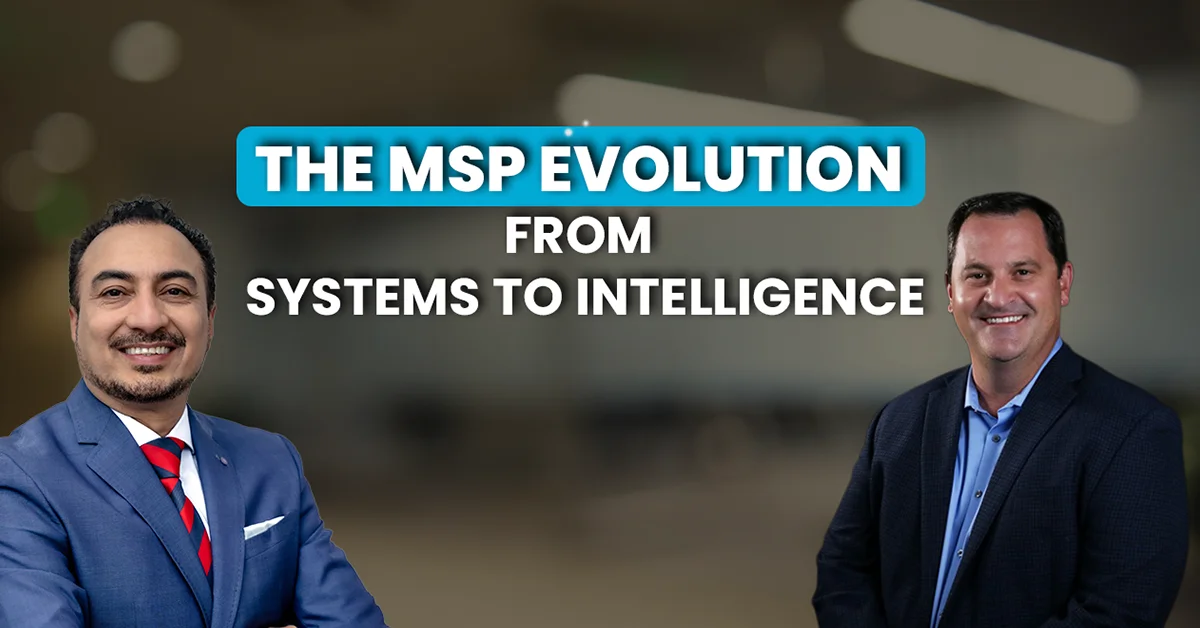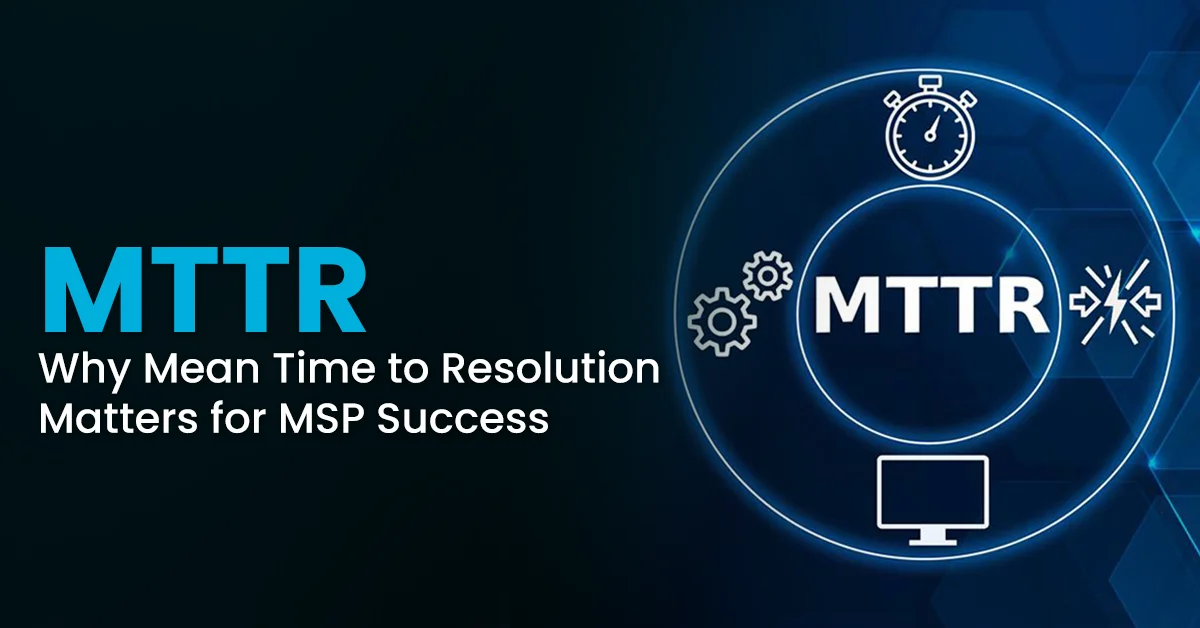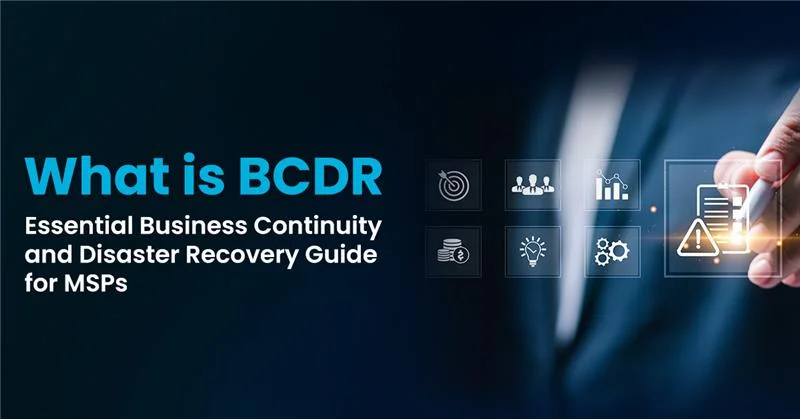Imagine a customer attempting to find their way around an unfriendly user interface. They try to connect with your product or service but get overwhelmed or annoyed. It goes without saying that people will look for less complicated options, even if they aren’t as good as yours. This drift is frequently caused by complicated procedures, inept customer support, or excessive time spent using your service.
Any barrier or challenge that makes it more difficult for clients to accomplish their objectives while engaging with your company increases friction. Measuring the customer effort score (CES), which assists in identifying and reducing friction spots, is one efficient technique to handle issues.
In this blog, we will cover everything that you should know about the effort score of a customer, and how Team GPS can help you measure it and draw insights from it.
What is a customer effort score?
A scale that gauges how simple it is for customers to utilize your organization’s products or services is called a customer effort score, or CES. Through customer surveys, you can calculate your ratings by asking respondents to rank your experiences on a range from “very easy” to “very difficult.”
Think about the most annoying customer service encounters you’ve had; most likely, they required more steps and callbacks than anticipated. An excessive amount of effort is put in if a consumer is passed between departments and asked to repeat themselves numerous times, or if they browse your help center but are still required to contact you by phone or chat. It should be the opposite: Try to make things as simple and uncomplicated as possible.
How to measure customer effort score
Here are the key aspects to consider while measuring CES:
- Follow-up surveys: After service interactions, use surveys asking, “How easy did we make it to resolve your issue?” with a multi-point scale (strongly agree to strongly disagree).
- CES calculation: Calculate CES by finding the percentage of respondents who selected the “agree” options.
- Average handling time (AHT): Monitor the average duration of customer service calls to assess efficiency.
- Repeat calls and transfers: Track the frequency of repeat calls and the number of transfers during a call to identify pain points.
- Contact center analytics: Use analytics to spot gaps and opportunities for improvement in customer interactions.
Benefits of measuring customer effort score
Measuring effort score is crucial for predicting customer behavior and reducing customer effort, leading to improved customer satisfaction and increased sales. Here are the key benefits of using CES:
- Predicts customer behavior: CES is a strong predictor of future purchases and referrals. Customers with low-effort experiences are more likely to repurchase, spend more, and refer others, helping you anticipate growth.
- Evaluates customer journey: CES surveys focus on specific interactions, providing insights into customer journeys. By measuring effort at touchpoints, you can identify and reduce friction, improving retention and lead nurturing.
- Reduces customer churn rate: Lowering customer effort boosts loyalty, resulting in lower churn rates. This leads to a larger, more loyal customer base and reduced costs for acquisition and onboarding, enhancing profitability.
- Increases customer lifetime value: Customers with low-effort experiences tend to spend more and repurchase frequently, increasing their lifetime value and boosting your revenue from existing customers.
- Boosts referrals: Easier customer experiences enhance the likelihood of referrals. Word-of-mouth marketing from satisfied customers supports acquisition strategies, increases revenue, and reduces marketing costs.
How Team GPS helps you measure CES and learn from it
Team GPS enables you to measure and learn from CES effectively, driving improvements in customer experience and satisfaction. Here’s how:
- Custom survey for CES review: Use custom surveys to gauge how easy it was for customers to resolve their issues.
- Proactive issue fixing: Identify and address problems early to boost customer retention and satisfaction.
- Boost satisfaction with net promoter score (NPS): Apply transaction-specific NPS metrics to improve customer satisfaction.
- Drive referrals with feedback: Leverage actionable feedback to create positive word-of-mouth referrals.
Schedule a call today to learn how Team GPS helps you build lasting customer satisfaction and loyalty in a single pane of glass.








